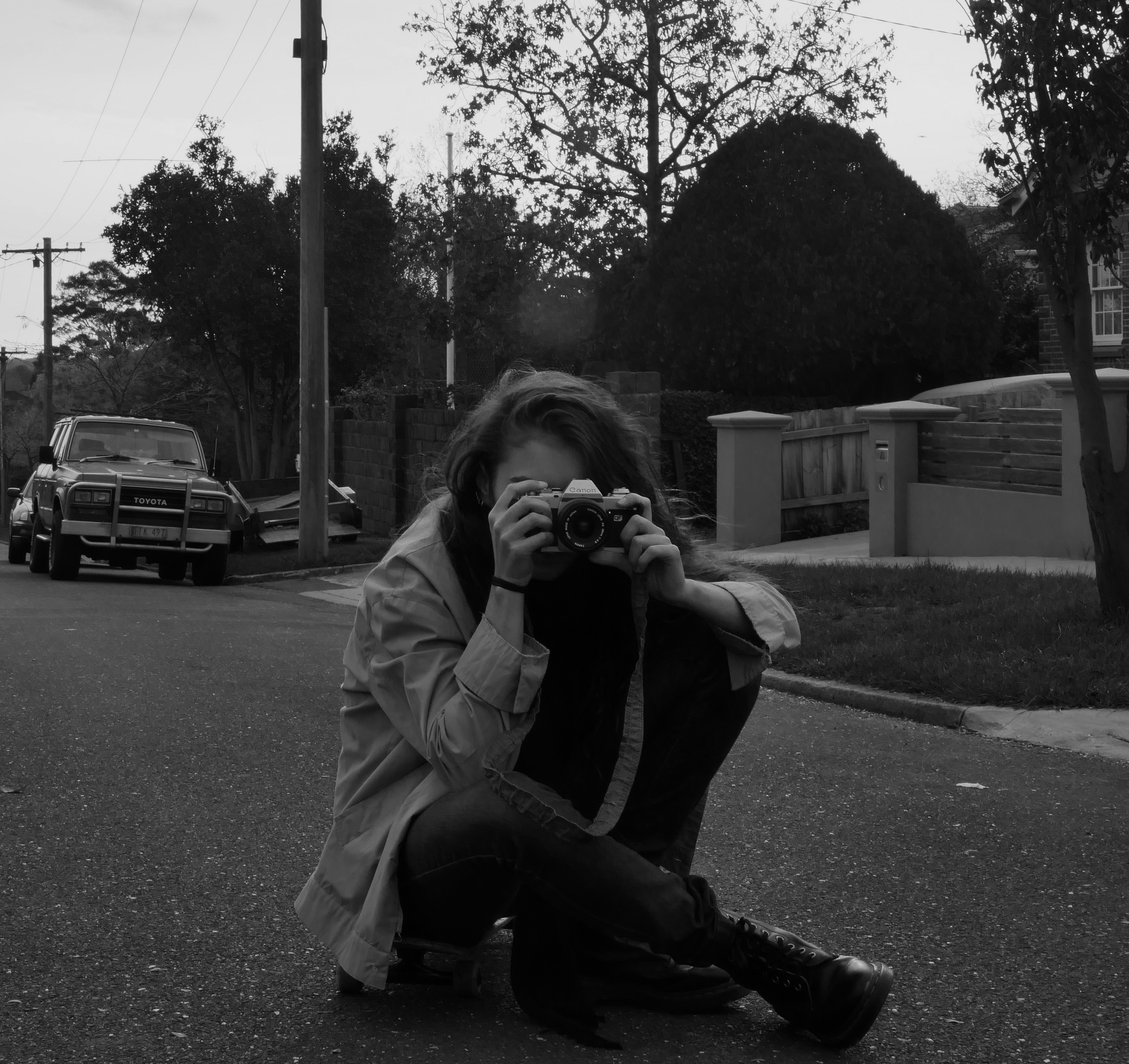Week 9 – Readings ‘Audiences’
David Morley’s piece of writing discuss the difference views and values of modern audiences as well as the values they have held historically. The platforms on which audiences have been based across was discussed and it was intriguing to see the difference between an audience of a novel (spread across space and time) compared to that of other instant platforms. Inventions through history which include the newspaper, radio and television also allowed for individuals to retrieve information from difference locations within the same time frame making a shared sense of “life in common” or connected-ness. The article discusses the progression of the television platform and how it has evolved into many channels in which its users can actively change and select what they want to watch. Morley uses different categories of audiences as examples including the mass audience, mediated audience and active audience. This particular note reminded me of other main theories in media involving audiences.
The ‘Active Audience Theory “media audiences do not just receive information passively but are actively involved, often unconsciously, in making sense of the message within their personal and social contexts”. The ‘Uses and Gratifications Theory “This theory created by Blumler and Katz’s suggests that media users play an active role in choosing and using the media. “There also was the ‘Hypodermic Needle Theory’ which isn’t used anymore in modern society but originally the “hypodermic needle theory implied mass media had a direct, immediate and powerful effect on its audiences overall the theory played with the idea that media messages are injected straight into a passive audience”. Of course this was mainly used during a political time of propaganda (i.e WW2) but it is a good reflection on how the views and values of audiences have changed and how we have come to understand that active audiences are needed in order to contain media bias. In Morley’s article he discusses these ideas; weather an audience is passive or active. Are individuals controlled by the power of the media or are they actively choosing and arguing the content they intake. In an overall reflection Morley continues to note that it is those two groups (passive or active) that are in debate to see who makes up most of today’s audiences.
David Morley (2005), Entry on ‘Audience’ in New Keywords: A Revised Vocabulary of Culture and Society, Ed. T.Bennett, L. Grossberg & M. Morris (Wiley-Blackwell), pp.8-10.
Week 9 – ©opywrite
Copywriting as my favourite reliable source would put it is “written content conveyed through online media and print materials. Copy is a content primarily used for the purpose of advertising or marketing. This type of written material is often used to persuade a person or group as well as raise brand awareness.” (Wikipedia) This topic was exactly what week 9’s lectorial focused upon, to be more precise the aspects we ourselves as students may not be aware off and the complexities various copywrite materials hold. Grey areas of the copywrite law include material museums, education, libraries and other areas where information and recourses that may want to share information for a non-profitable gain.
This brings me to my personal use of understanding and using copywrited material throughout the years. Apart from directly asking a content creator if you are able to use their material there are things known as licensing, where you can either buy and use the material, use it for your personal use, or it may come under a category known as Creative commons (CC).
The creative commons license s is a “worldwide non-profit organisation that provides copyright owners with free licences allowing them to share, reuse and remix their material, legally” (Creative Commons Australia). This has helped many budding filmmakers, students, and youtubers who do not have enough funding to be able to create and share material. It is important to note “offering your work under a Creative Commons licence does not mean giving up your copyright. It means permitting users to make use of your material in various ways, but only on certain conditions.”
Overall when choosing what material you will be using in a project (whether personal, public of educational) it is vital to look at the license that material comes under, if an individual has not stated where their material stands in terms of copywrite it is necessary to ask, infringements and defamation is the last thing any student would want for creating work to share with the world.
